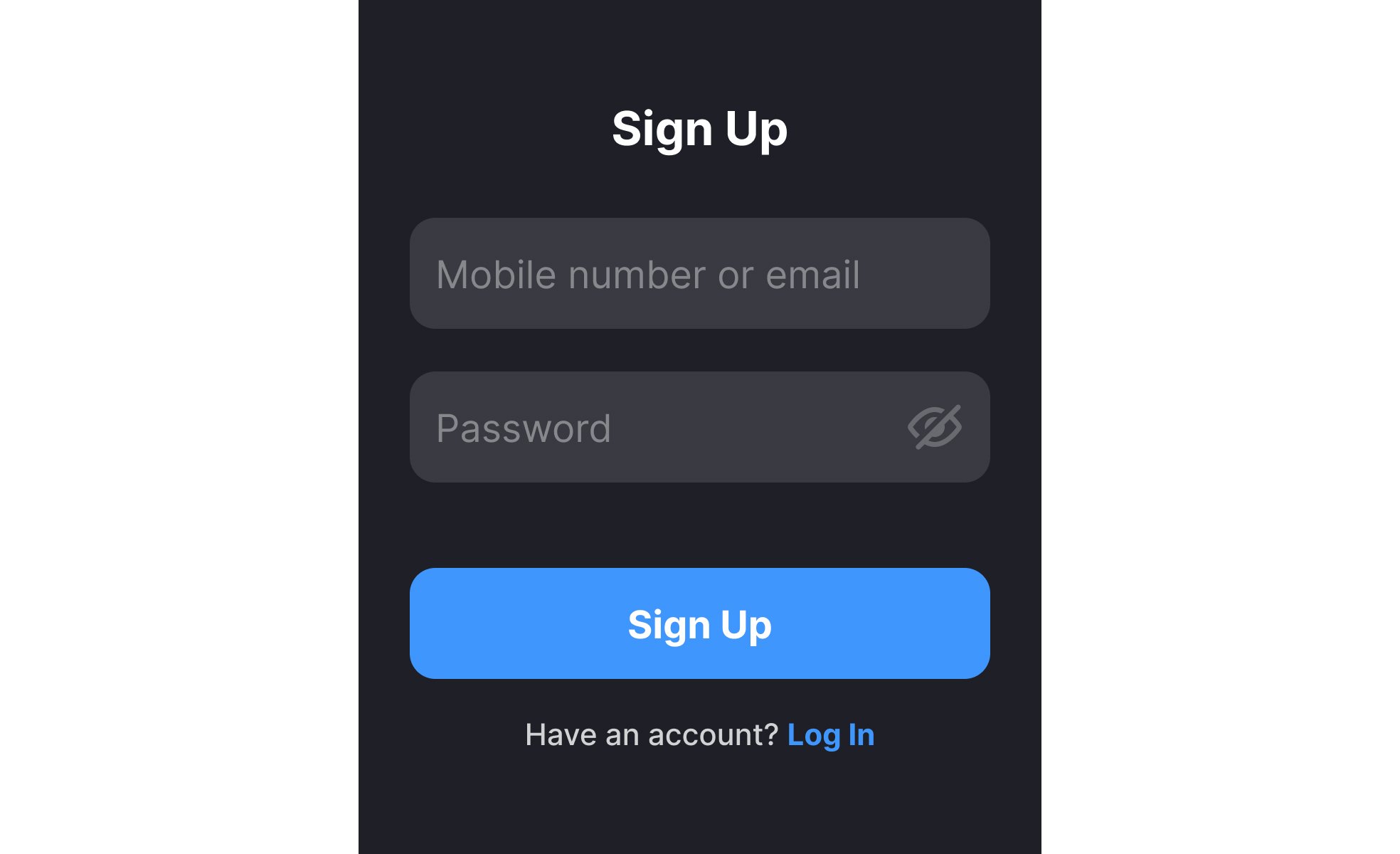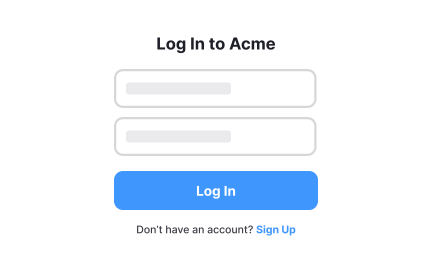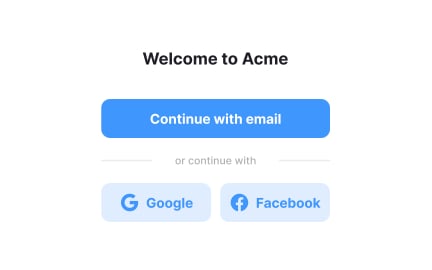Signup
Sign-up is the process by which new users create an account for a digital product or service, typically involving personal information, and consent to terms.

TL;DR
- Entry point for new user accounts.
- Requires information like email or password.
- Critical for conversion and retention.
- Impacts first impressions and trust.
Definition
Sign-up is the registration process that allows users to create an account in a digital product or service, often requiring details such as name, email, password, and agreement to policies.
Detailed Overview
The sign-up process is one of the most important moments in a digital product because it serves as the gateway for new users. It is often the first real interaction users have beyond browsing marketing pages, making it critical for shaping impressions, building trust, and encouraging engagement.
A frequent question is why sign-up is considered a friction point. Every extra step, such as requiring too much personal data or enforcing complex password rules, risks abandonment. Users may leave if the process feels invasive, confusing, or time-consuming. A streamlined sign-up that captures only essential information while offering optional details later is more effective at converting visitors into active users.
Another common query concerns authentication methods. Traditional sign-up requires email and password, but many platforms now offer social or single sign-on options, such as Google or Apple login. These reduce friction and improve convenience. Still, offering choice is vital, since some users prefer traditional methods for privacy reasons.
Teams often ask about trust. The sign-up flow is where sensitive details are first exchanged, so transparency is critical. Displaying security measures, explaining how data will be used, and avoiding hidden requirements help reassure users. A trustworthy sign-up flow sets the stage for long-term loyalty.
Accessibility also plays a major role. Sign-up forms must work seamlessly with assistive technologies, provide clear error messages, and allow flexible input methods. Small adjustments, like labeling fields properly or avoiding CAPTCHA barriers that exclude users with disabilities, make sign-up equitable for everyone.
Another frequent topic is onboarding integration. Sign-up should transition smoothly into onboarding, helping new users take their first meaningful action. For example, after registering for a productivity app, users might immediately be guided to create their first project. This seamless flow increases activation rates and reduces early drop-offs.
Learn more about this in the Differentiate Login and Signup Exercise, taken from the Login & Signup Flows Lesson, a part of the Common Design Patterns Course.
Abandonment often occurs when sign-up feels too long, asks for unnecessary data, or fails to communicate trust. Users are wary of giving up personal information without clear reasons.
Simplifying the form, clarifying value, and reducing friction are proven ways to improve completion rates.
Yes, offering social sign-up provides convenience by eliminating the need for users to create and remember new credentials. It speeds up entry and reduces barriers.
That said, users should also have the option of traditional email sign-up, as not everyone is comfortable linking external accounts.
The sign-up process is often the first time users share sensitive data. Clarity about privacy, transparent terms, and visible security cues build confidence. Hidden fees, unclear permissions, or poor communication erode trust quickly.
When done well, sign-up signals reliability and sets the foundation for long-term engagement.
The best flows move users smoothly from registration into action. For example, after signing up for a design tool, the product might guide users to create their first draft immediately.
This reduces drop-offs by helping users see value early, building momentum toward retention.
Key metrics include completion rate, drop-off points, and time-to-complete. Tracking where users abandon the flow highlights areas for improvement.
When combined with retention and activation data, these metrics reveal how sign-up impacts long-term growth.
Recommended resources
Courses

UX Design Foundations

Design Terminology

Common Design Patterns
Lessons
Exercises
Projects

Reset Password - Mobile App Flow

Headspace sign-up page accessibility optimization














